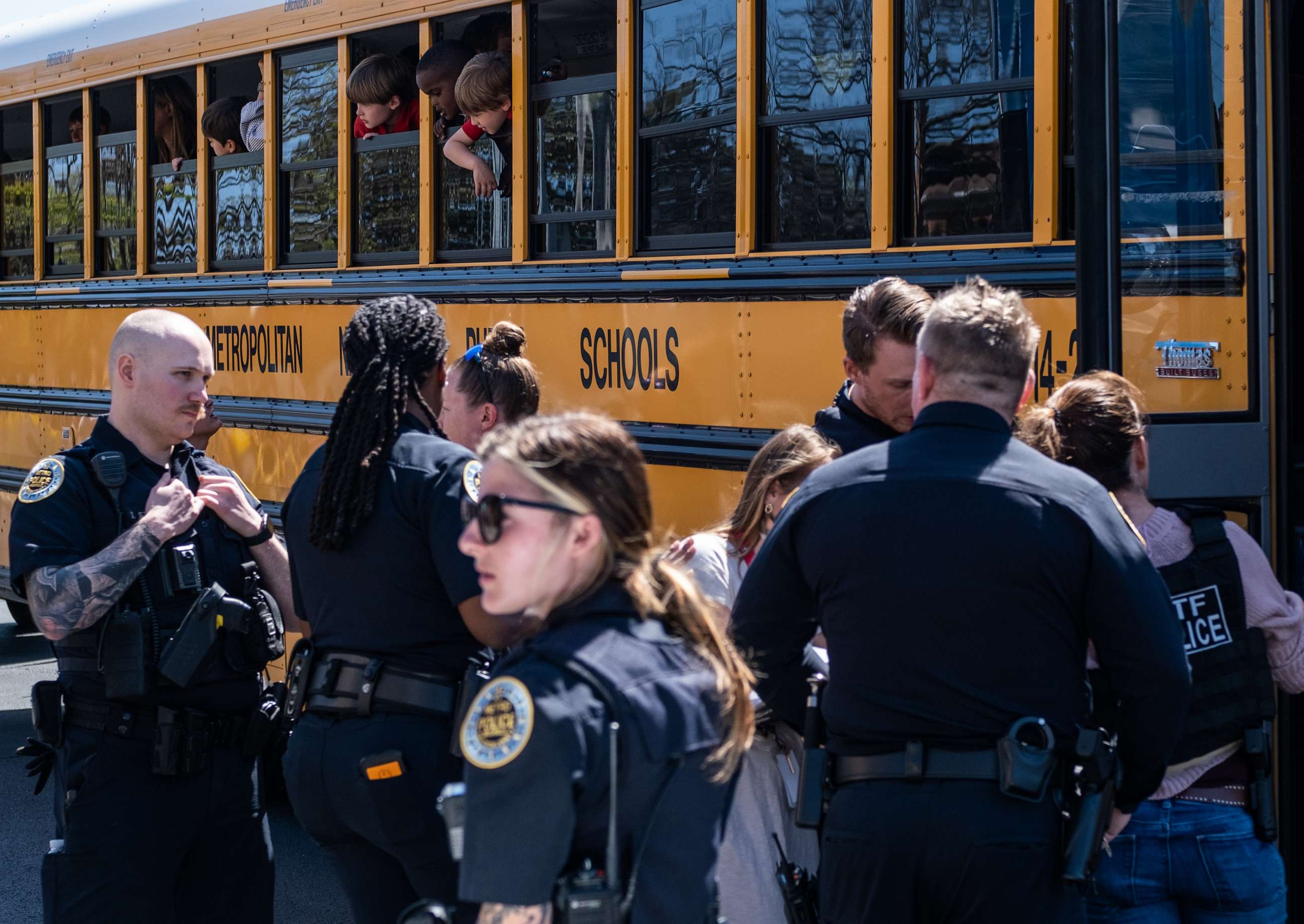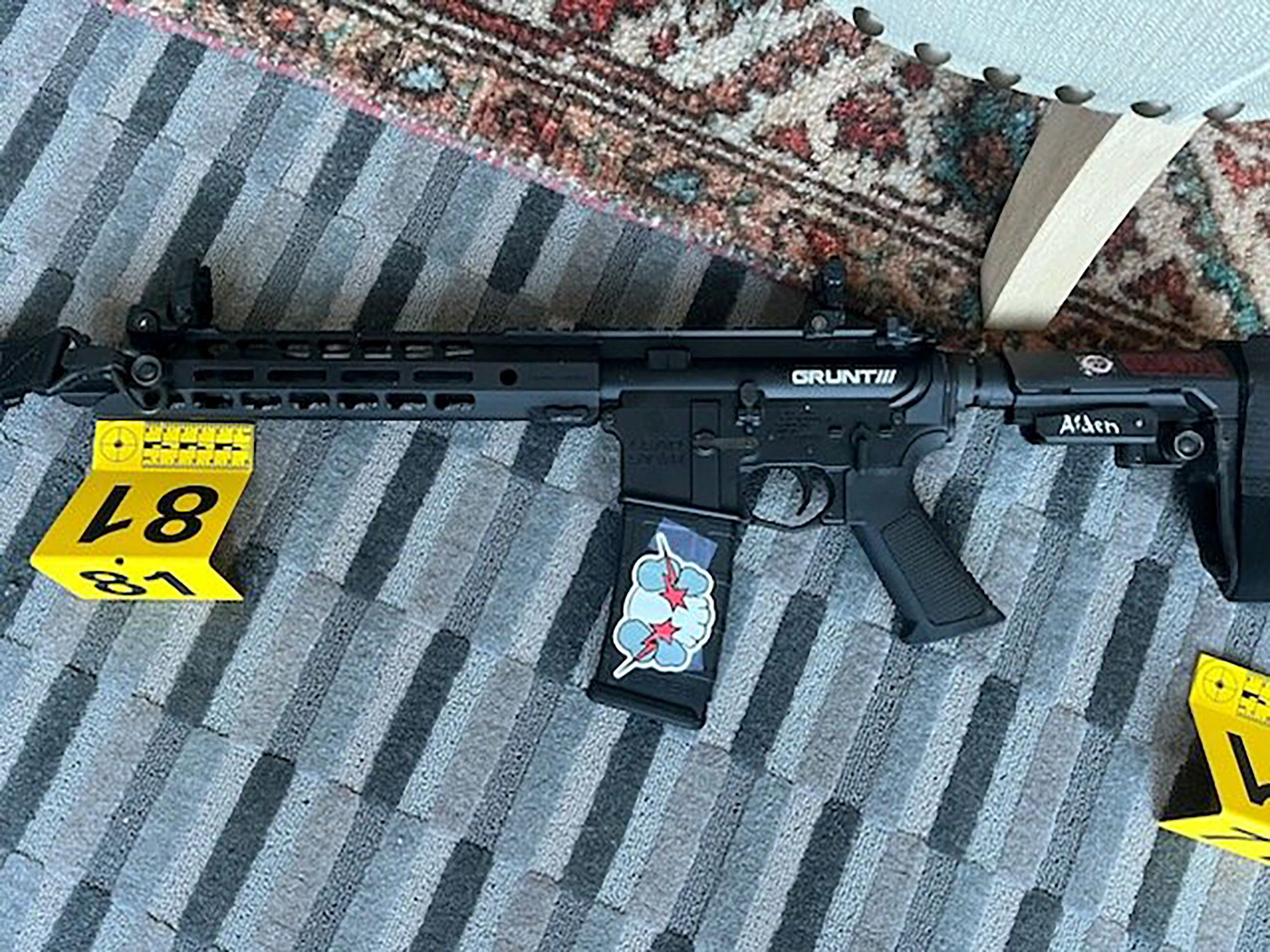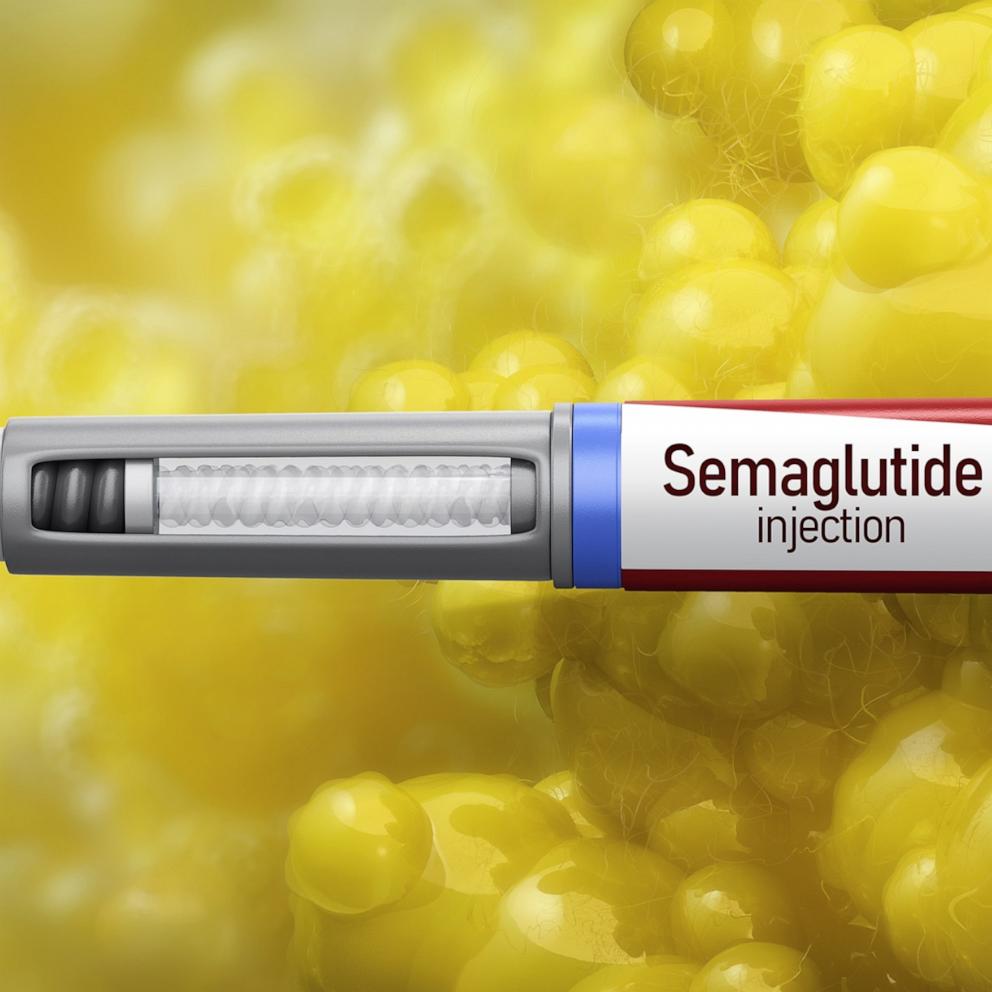Why semi-automatic rifles like those used in the Nashville shooting can cause so much damage
The recent mass shooting at Covenant School in Nashville, Tennessee, that left six people dead -- including three children -- was carried out, at least in part, with semi-automatic rifles.
According to Nashville police, the shooter walked into the private Christian elementary school Monday armed with a handgun, but also an AR-15-style rifle and a semi-automatic pistol-caliber carbine.
While handguns have the potential to seriously harm people, sometimes fatally, semi-automatic rifles can cause even more damage.
"Disturbingly, in mass shootings, the AR-15 or the AR-15-style rifle seems to be the weapon of choice," Dr. Cornelia Griggs, a pediatric and critical care surgeon at Massachusetts General Hospital, told ABC News. "That's not to say that there aren't other rifles that can cause quite a lot of damage in the human body, but this type of injury is devastating and unique to many military-grade weapons."
Trauma specialists explained what the injuries look like, how they're treated and why they can be even more devastating for a child than an adult.
Wounds from handguns vs. semi-automatic rifles
Traditionally, bullets fired by a handgun will cause clear entrance and exit wounds -- both of fairly the same size -- and will often travel in a straight line into and out of the body.
"A conventional handgun will typically create a relatively small, round wound that sort of conforms to the size of the bullet," Dr. Michael Shapiro, chief of trauma and critical care surgery at Northwestern Medicine in Illinois, told ABC News. "If it passes through the patient, the exit wound is typically a little bit larger with the skin edges everted a little bit."

He continued, "As a rule, if you can line up the holes, you're likely to see a sort of picture of what organs are in between those two wounds and it gives you a pretty good sense of what you need to be concerned about."
However, the same can't be said for a wound from a semi-automatic rifle.
Bullets from these firearms do not create the same size entrance and exit wounds, and often one can be much bigger than the other.
"The degree of tissue destruction will be considerably greater, so rather than a bullet simply passing through an organ, it may inflict a more destructive wound to the organ itself," Shapiro said. "So, you may, instead of seeing a small wound through the stomach, for example, you may see much larger wounds and that's typically consistent with both with the skin wounds as well."
"You may see a relatively small entrance wound and a very large, destructive, blown out skin wound on exit," he added.
Sometimes bullets from AR-15s and AR-15-style weapons can yaw, or tumble, before they hit a person, meaning there is not a linear path through the body.
"Instead of just being sort of point on straight through, there's more erratic passage of the bullet through the victim so the extent of tissue damage is greater," Shapiro explained.
What's more, assault weapons can cause a process called cavitation to occur, meaning it creates a large cavity in the body, destroying tissues and organs.
High-velocity bullets
The size of the bullet doesn't have much do with the damage a firearm can cause compared to the velocity at which a bullet exits.
This is mostly measured in the form of muzzle energy, or the kinetic energy of a bullet as it is expelled from a firearm's muzzle.
For example, a 9-millimeter handgun -- which the shooter carried into the school -- has a muzzle energy of between 300 and 400 foot-pounds of force.

By comparison, an AR-15-style weapon has a muzzle energy of nearly 1,300 foot-pounds of force, meaning a high level of energy resulting in a greater impact.
"The difference with high velocity bullets and military-grade weapons…is the damage they inflict on the human body and our internal organs are much more gruesome and tend to have what is known as a blast effect, because that bullet is carrying so much energy with it as it enters the human body," Griggs said. "Instead of, for example, if the bullet traveled through the lung, instead of a hole in the lung, we're looking at an exploded lung."
Griggs explained that the same holds true if a bullet hits a human bone. A bullet from a handgun that hits a bone might fracture the bone, but a bullet from a semi-automatic rifle might shatter the bone due to the high velocity.
Impact on a child
The doctors told ABC News that while assault-style weapons can injure any human, children will be much more impacted because of their smaller bodies.
Because bullets from these weapons are traveling at a high velocity, they can destroy a significant portion of tissue and are more likely to hit major organs.
"Children, their organs are a lot more compact, and they have a lot less fat surrounding their vital organs," Griggs said. "And so, you can imagine that a bullet that is causing a blast effect inside their body, inside their abdomen or their torso or their chest, it's not just going to explode, or tear apart, their lung, but also their heart. Not just going to completely shatter their liver, but also their spleen, causing catastrophic fatal bleeding."
Griggs said this has been seen in the multiple mass shootings that have occurred in schools across the U.S. including Sandy Hook Elementary School in Newtown, Connecticut, in 2012 and Robb Elementary School in Uvalde, Texas, last year.
"When we see a child who has been shot with an AR-15-style rifle, there is often very little hope -- depending on where the bullet has hit them in their body -- that we can save their life even if they make it to the hospital," she said. "And devastatingly, the children who were shot in Nashville were dead on arrival to the hospital. There's nothing that trauma surgery team could do and that is very classic of what we have come to see as the norm."
Treating a wound from a semi-automatic rifle
The initial triage process of treating victims of handgun wounds and semi-automatic rifle wounds is the same, including making sure breathing, blood pressure and circulation are stable and assessing if there are spinal injuries or other internal injuries.
However, those injured by high velocity weapons, such as AR-15-style rifles, are more likely to have serious injuries.

"We've learned that, while shooters often don't shoot well, the semi-automatic weapons increase the likelihood that someone will be shot multiple times," Shapiro said. "So, it can be a little bit more confounding to understand the connection of all of the different holes."
He continued. "We'll see people who come in not with one hole or two holes but with six, eight, 10 holes and trying to sort of piece that out to figure out what organ systems might be injured based on the trajectory, just trying to determine what that trajectory is can be significantly more complicated."
Multiple wounds often mean identifying which injuries are the most severe and need to be treated first, but unfortunately not all patients can be saved.
"In general, I would expect the prognosis for someone who's been shot with a military-grade weapon to be much worse, the likelihood of getting them out of the trauma bay to the operating room to survive the hospital stay, I would be much less optimistic," Griggs said.




